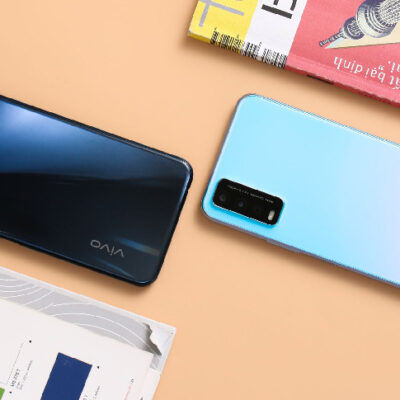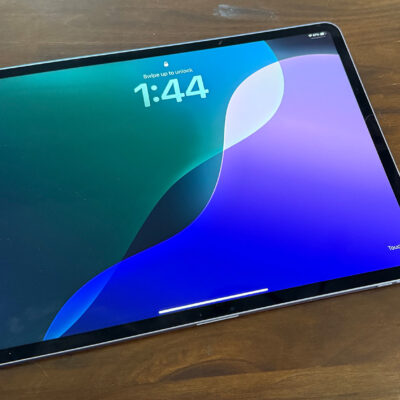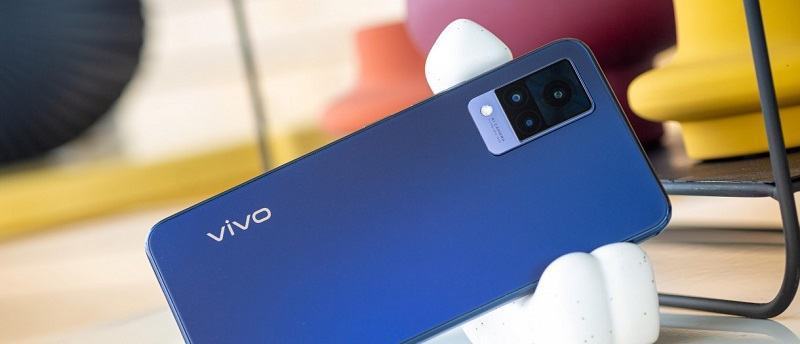
If you are into making TikTok videos or you know someone who is, you already know the importance of the selfie video format. In other words, an increasing number of people – especially young people – want phones which are better-geared towards capturing selfies and selfie video content. Preferably more affordable ones.
Bafflingly enough, though, few devices, even from the popular flagship bunch, have really offered much in terms of selfie camera improvements.
Enter the vivo V21 duo. Their call to fame is unquestionably the 44MP, f/2.0 selfie camera with autofocus and OIS. That’s not something you see every day. Not by a long shot.
It’s intriguing to note that while we have the V21 5G for review today, it’s literally identical to the vanilla vivo V21 down to the Dimensity 800U 5G chipset. We guess, they’ve merely removed the 5G antenna for the 4G-only model. A bit of an unorthodox approach, but we won’t complain since the regular V21 gets all of the goodies of its 5G sibling.
vivo V21 / V21 5G specs at a glance:
Body: 159.7x73.9x7.3mm, 176g; plastic back, plastic frame, glass front.
Display: 6.44" AMOLED, 90Hz, HDR10+, 500 nits (typ), 1080x2400px resolution, 20:9 aspect ratio, 409ppi.
Chipset: MediaTek MT6853 Dimensity 800U 5G (7 nm): Octa-core (2x2.4 GHz Cortex-A76 & 6x2.0 GHz Cortex-A55); Mali-G57 MC3.
Memory: 128GB 8GB RAM, 256GB 8GB RAM; UFS 2.2; microSDXC (uses shared SIM slot).
OS/Software: Android 11, Funtouch 11.1.
Rear camera: Wide (main): 64 MP, f/1.8, 26mm, 1/1.72", 0.8µm, PDAF, OIS; Ultra wide angle: 8 MP, f/2.2, 120-degree, 16mm, 1/4.0", 1.12µm; Macro: 2 MP, f/2.4.
Front camera: 44 MP, f/2.0, (wide), AF, OIS.
Video capture: Rear camera: 4K@30fps (no OIS), 1080p@30/60fps; Front camera: 4K@30fps (no OIS), 1080p@30fps.
Battery: 4000mAh; Fast charging 33W, 63% in 30 min (advertised).
Misc: Fingerprint reader (under display, optical); selfie LEDs The mighty selfie camera aside, the V21 duo doesn’t skimp on the rest of its specs sheet either. It is a surprisingly thin phone, measuring 159.7 x 73.9 x 7.3 mm and tipping the scale at 176 grams, while still housing a respectable 4,000 mAh battery.
The midrange MediaTek Dimensity 800U, found at their cores, is paired with 8GB of RAM. And front and center, there is the punchy and smooth 90Hz AMOLED panel, with HDR10+ support.
The camera setup on the back is not too shabby either, with a 64MP main snapper, 8MP ultrawide and a 2MP macro.
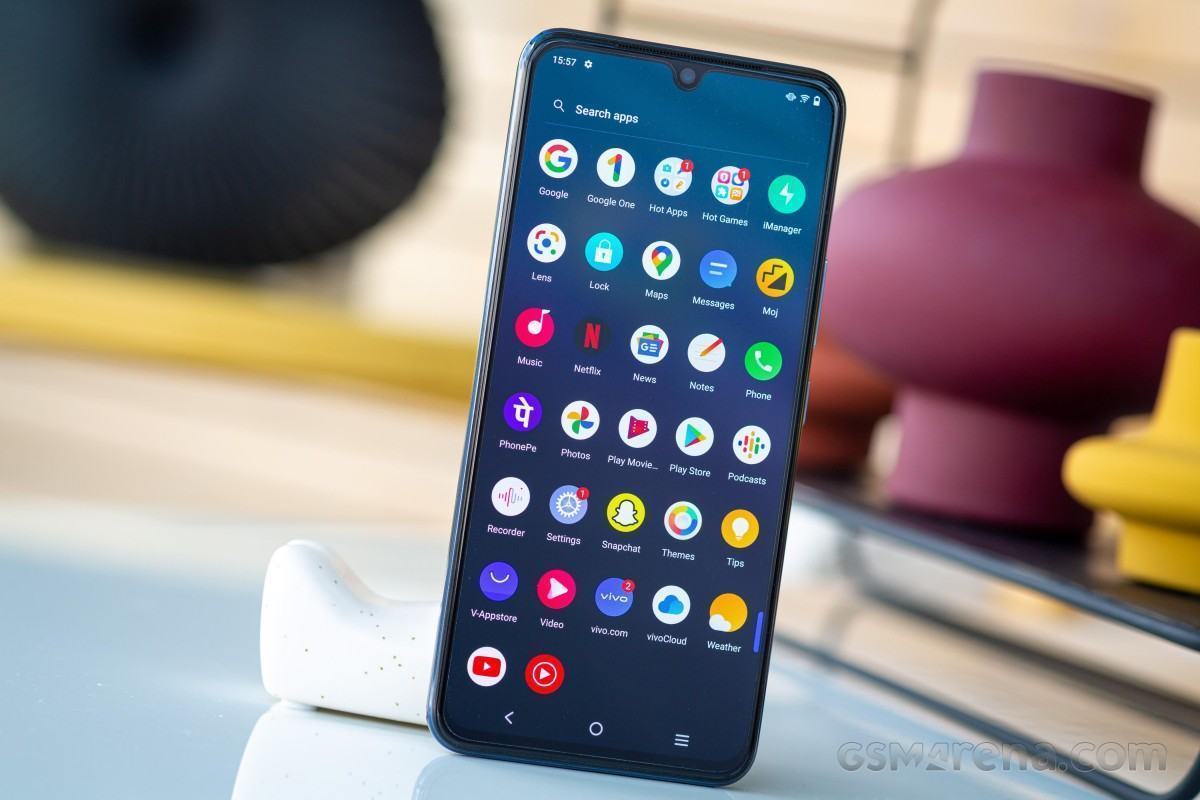
All things considered, what we have with the V21 on paper is a solid midranger. However, its MSRP of a bit over EUR 300 makes the 5G model we review here vulnerable to plenty of competition. And this competition often can deliver on some of the things vivo has left out, like ingress protection, a stereo speaker setup, 3.5mm jack and NFC, to name a few. What the V21 has, though, is a clear spotlight feature in its selfie camera setup. So, the real question becomes just how well it is executed in practice and whether it is good enough to draw a trendy crowd of social-network-savvy customers.
Unboxing
The V21 has a surprisingly rich retail package. Of course, this might not necessarily be the case on every market, but our unit had all of the essentials in the box and then some.
Starting with the charger, vivo has its own FlashCharge 2.0 tech. On the V21 and V21 5G, it can charge up to a maximum of 33W. It is rated for 5V@2A, 9V@2A or 11V@3A of output. There is also Super FlashCharge 2.0, as seen on the vivo X60 Pro+, which can go up to 55W.
As far as we managed to gather, both of these use a similar proprietary charging approach, which uses higher voltages, akin to Qualcomm’s Quick Charge, instead of higher concurrent amperage, like VOOC and its derivatives. Information on the topic is a bit scarce, but this should mean that FlashCharge 2.0 can work at its full 33W or near them with a standard USB Type-A to Type-C cable, like the one included in the box. You just need to make sure that it’s of decent quality. We are only explaining this, since it’s sort of a plus in vivo’s favor that you don’t necessarily need to worry about always having the proprietary cable at hand.
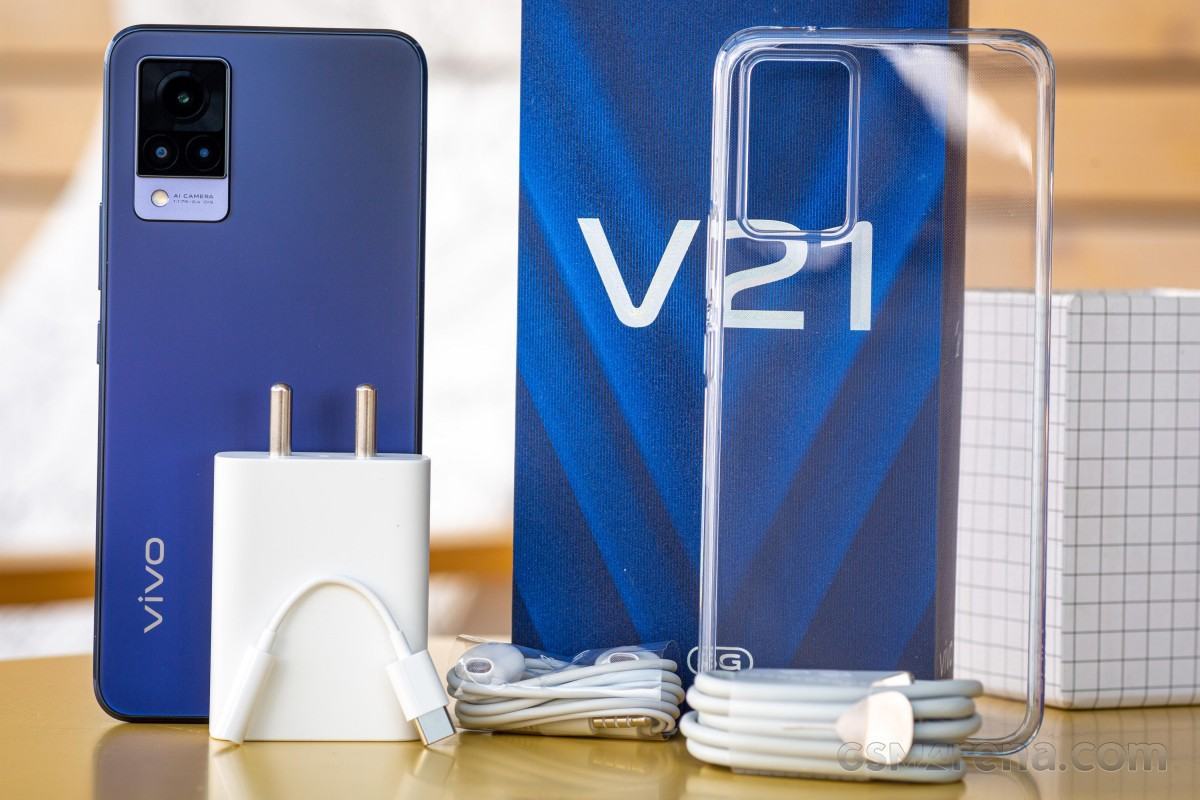
Also, in the V21’s box – a pair of vivo-branded white earbuds, with a microphone and in-line controls. Interestingly enough, these are not Type-C, but rather standard 3.5mm ones. You also get a tiny Type-C to 3.5mm dongle to attach them to the phone. Arguably, a more versatile setup, both for using the quite decent-sounding buds on a different device, as well as plugging other headphones into the V21.
Finally, you get a nice clear TPU case in the box, as well. It features a flap to seal the Type-C port on the phone – a valiant effort, though not a substitute for actual gaskets and a proper ingress protection rating.



